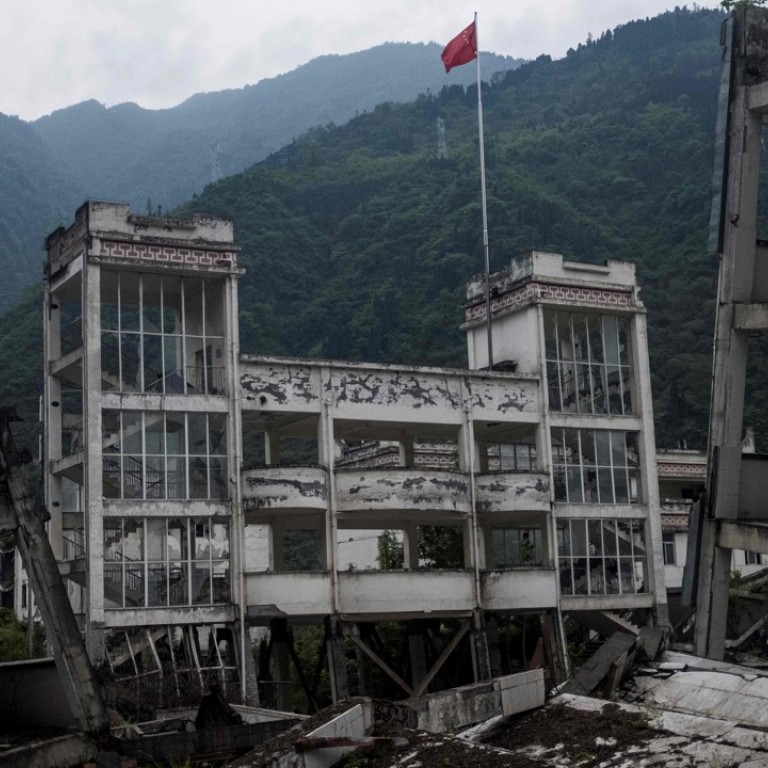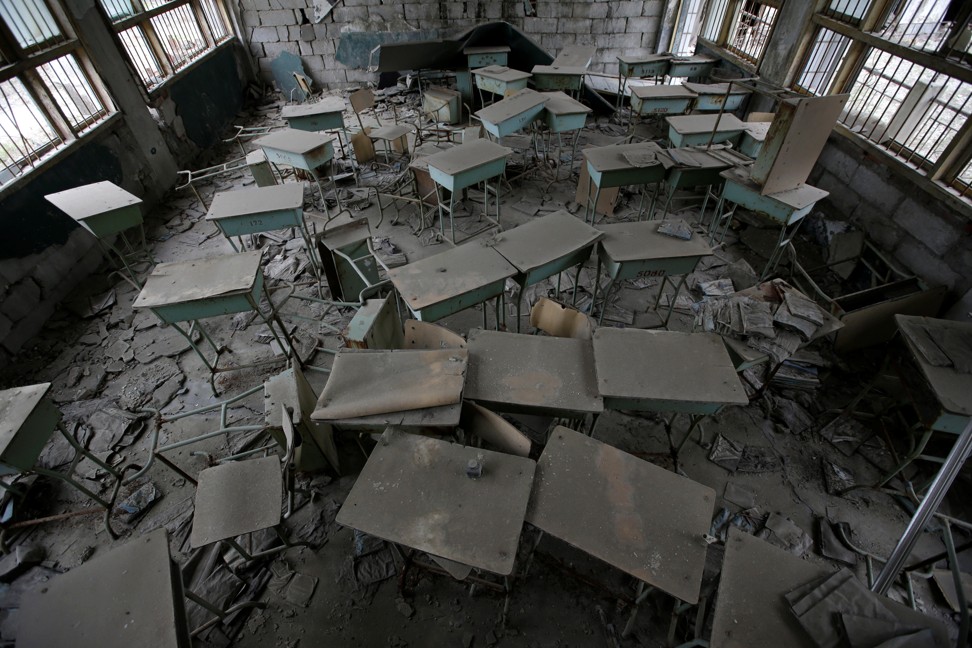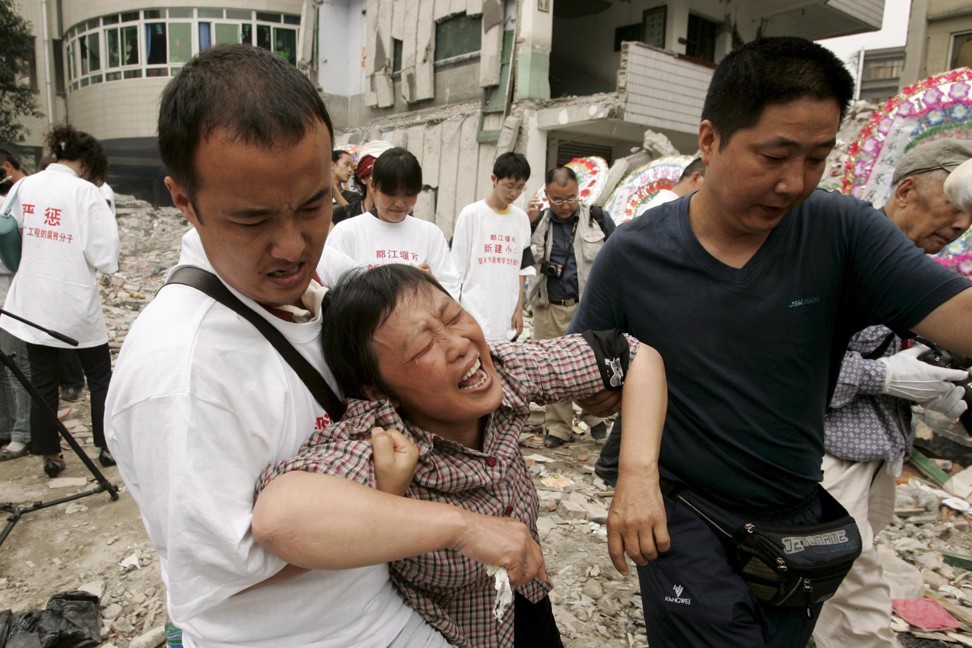
Lessons from Sichuan earthquake must not be forgotten
Ten years ago today, 87,000 people were killed, 370,000 injured and 5 million made homeless in a national catastrophe that united the country in compassion for the suffering and loss, and reflected the heartbreaking price of sacrificing building standards
May 12, 2008, dawned with China counting down the days to the Beijing Olympic Games, a proudly anticipated celebration of the country’s emergence on the world stage.
The Olympic torch relay had already passed through Hong Kong on its way to Beijing. Within a week it was to be suspended by a grieving nation for three days of national mourning.
Mid-afternoon on this day 10 years ago, with children in classrooms and people at work, a magnitude 8 earthquake seared the date into the national psyche. Radiating from the epicentre in Wenchuan county in southwestern Sichuan province, shock waves destroyed entire cities, towns and villages, collapsed schools and reshaped the landscape.

Amid thousands of aftershocks, it took relief teams three days to reach the epicentre. About 87,000 people perished – including more than 5,000 children – with 370,000 injured and about 5 million left homeless.
Three months before its “coming out” for the Olympics, China now found itself confronting a worst-case pre-Games scenario – a national catastrophe. Within 24 hours the authorities dispatched 20,000 troops to the disaster zone, a figure that grew to more than 100,000 by day three. Beijing soon realised that China could not handle the disaster without help.
Nearly 20 specialist emergency rescue and relief teams from around the world responded to an appeal for aid. Within a day, Hong Kong was at the forefront of relief efforts with a joint emergency rescue team and hundreds of millions of dollars in official and voluntary donations to relief work.
Such disasters can showcase human highs and lows. China experienced both.

The public was angered by shoddy construction of “tofu” schools that claimed the lives of thousands of children and by corruption in the handling of quake relief funds. It was humbled by heroic acts and sacrifice, and deeply touched by the anguish of parents who had lost their only child, prompting unstinted support for an unprecedented relief operation.
Fortunately the highs prevailed. Overseas experts were in awe of the reconstruction of the Sichuan region, including sturdy schools. “[It] is amazing. No other country can afford to do this,” Kit Miyamoto, a California quake engineer, said.
The lessons learned must never be forgotten. The rush to build schools during an economic boom is blamed for shoddy construction. Standards must not be sacrificed for development goals.
Researchers say an early warning system could have saved many lives. Seconds can make a difference. Indeed, investment in a network of seismographs, similar to systems used in other quake areas, is credited with saving lives and property in two quakes in Sichuan in 2013 and last year.

